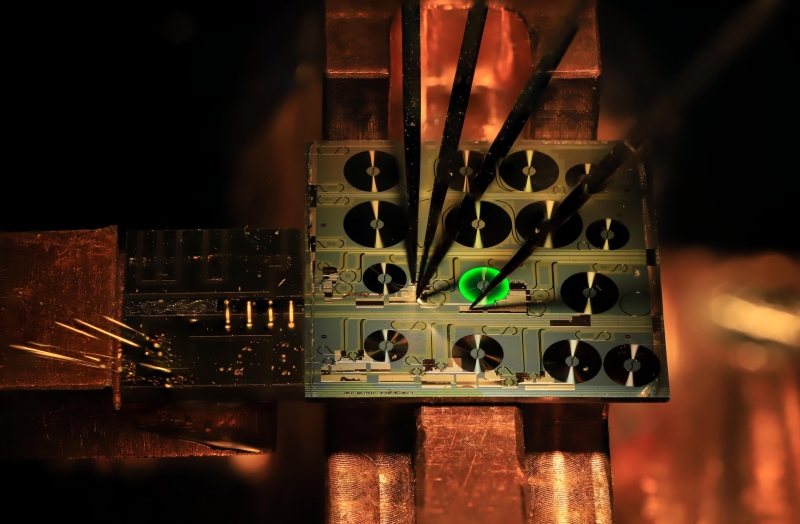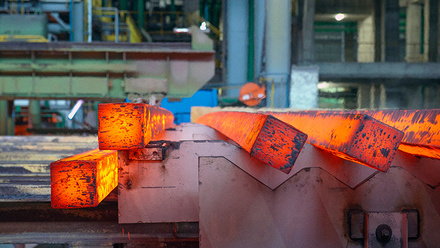Miniaturised rare-earth laser created
A miniaturised erbium-based fibre laser that fits on a on a silicon-nitride photonic chip has been created by Swiss Federal Institute of Technology Lausanne researchers.

The breakthrough hopes to scale down optical technologies in applications, such as LiDAR, microwave photonics, optical frequency synthesis and free-space communications, and reduce overall costs of chip-scale devices.
Rare-earth elements are used as source of light for fibre lasers. The advantages of this is they emit high-quality beams, have high power output and are efficient, low-maintenance, durable, and they are typically smaller than gas lasers. They also have low phase noise.
The researchers began by constructing a metre-long, on-chip optical cavity (a set of mirrors that provide optical feedback) based on ultralow-loss silicon nitride photonic integrated circuit.
'We were able to design the laser cavity to be meter-scale in length despite the compact chip size, thanks to the integration of these microring resonators that effectively extend the optical path without physically enlarging the device,' says Dr Yang Liu, a lead on the project.
The circuit was implanted with high-concentration erbium ions to create the medium for lasing. Finally, a III-V semiconductor pump laser was incorporated to excite the erbium ions, enabling them to emit light and produce the laser beam.
The laser’s performance was refined by using an intra-cavity design featuring microring-based Vernier filters – a type of optical filter that can select specific frequencies of light.
This design supports stable, single-mode lasing with a narrow intrinsic linewidth of just 50Hz. The output power exceeded 10mW and had a side mode suppression ratio of more than 70dB.
The study is published in Nature Photonics.






